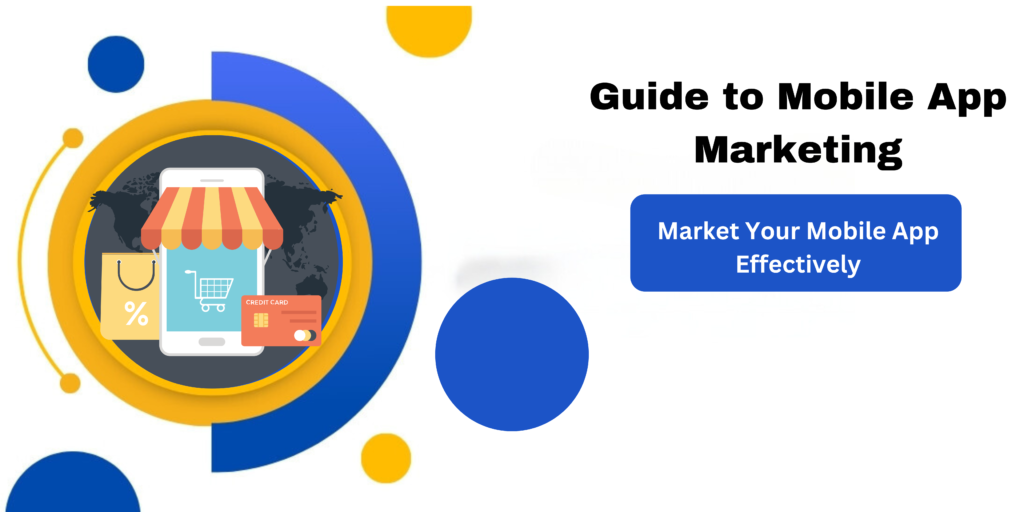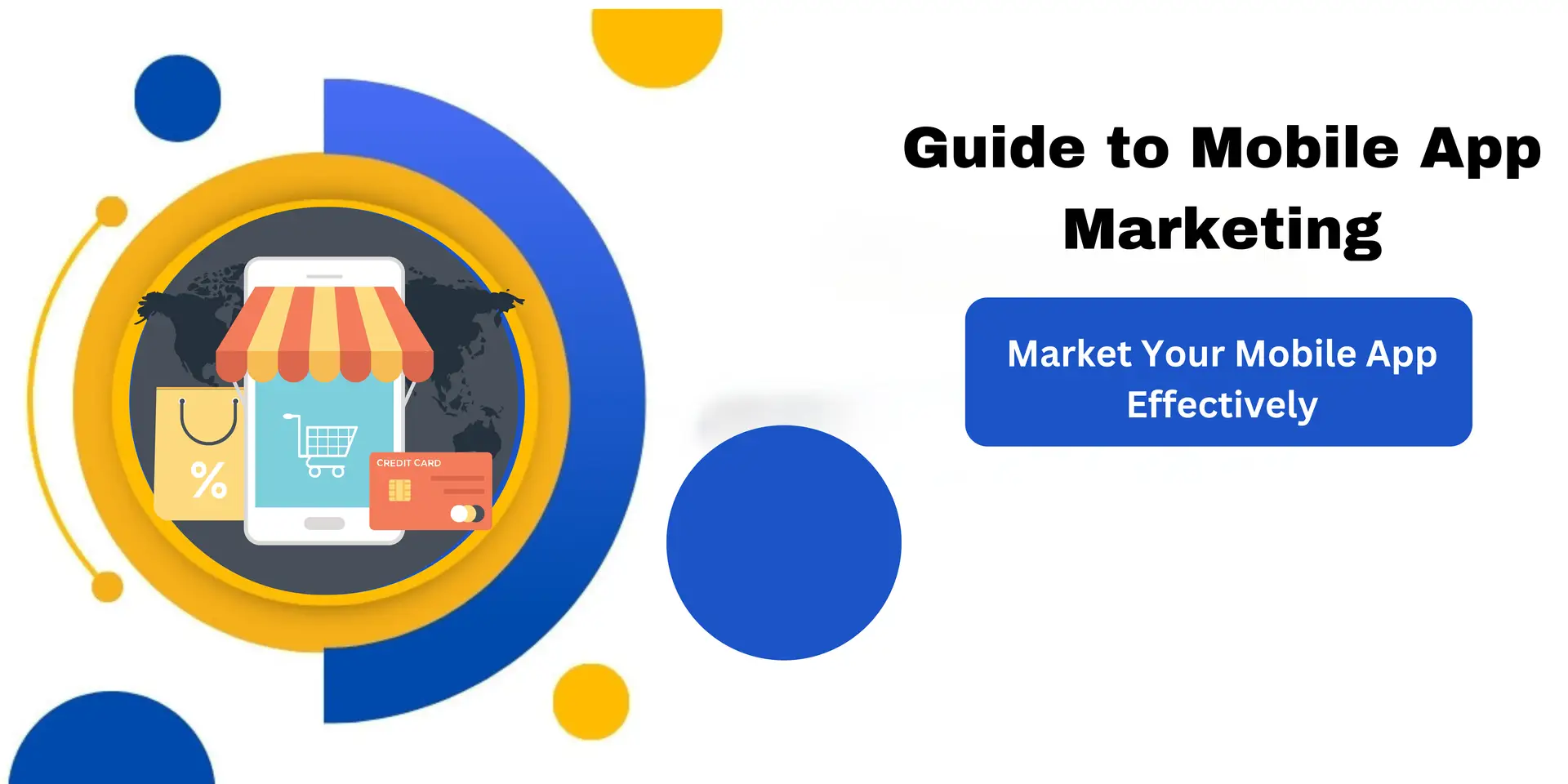A Step-By-Step Guide to Mobile App Marketing

In today’s digital landscape, mobile app marketing has become an essential strategy for developers and businesses looking to succeed in the competitive app market. With millions of apps available across various platforms, standing out from the crowd and effectively promoting your mobile application is crucial for its success. This comprehensive guide will walk you through the key steps to market your mobile app effectively, ensuring maximum visibility and user engagement.
Understanding Mobile App Marketing
Before diving into the specifics, it’s important to grasp what mobile app marketing entails. Mobile app marketing is the process of engaging with your target audience throughout their entire journey – from when they first hear about your app to when they become regular users. It involves various strategies and tactics aimed at increasing app visibility, driving downloads, and retaining users.
Step 1: Define Your Target Audience
The first crucial step in mobile app marketing is identifying and understanding your target audience. This involves:
- Conducting market research to determine who will benefit most from your app
- Creating detailed user personas that represent your ideal users
- Analyzing competitor apps and their user base
By clearly defining your target audience, you can tailor your marketing efforts to reach the right people with the right message.
Step 2: Optimize Your App Store Presence
App Store Optimization (ASO) is a fundamental aspect of mobile app marketing. It involves optimizing your app’s listing in app stores to improve its visibility and increase organic downloads. Key ASO elements include:
- Choosing a catchy and relevant app name
- Writing a compelling app description that highlights key features and benefits
- Selecting appropriate keywords for better search visibility
- Creating eye-catching app icons and screenshots
- Encouraging positive user reviews and ratings
Remember, ASO is an ongoing process, and you should regularly update and refine your app store listing based on performance data and user feedback.
Step 3: Develop a Pre-Launch Marketing Strategy
Building buzz before your app’s launch can significantly impact its initial success. Your pre-launch mobile app marketing strategy should include:
- Creating a landing page or website for your app
- Starting a blog to share updates and relevant content
- Leveraging social media platforms to engage with potential users
- Reaching out to tech bloggers and influencers for early reviews
- Considering a beta testing program to gather feedback and create anticipation
Step 4: Implement App Install Campaigns
Once your app is live, focus on driving installations through various channels:
Paid Advertising
- Utilize mobile app install ads on platforms like Google Ads and Facebook Ads
- Experiment with different ad formats, such as video ads or playable ads
- Target users based on demographics, interests, and behaviors
Content Marketing
- Create valuable content that addresses your target audience’s pain points
- Optimize your content for search engines to increase organic traffic
- Use various formats like blog posts, videos, and infographics to diversify your content strategy
Influencer Partnerships
- Collaborate with influencers in your niche to reach a wider audience
- Provide influencers with unique promo codes to track the success of campaigns
- Consider both macro and micro-influencers based on your budget and goals
Step 5: Focus on User Acquisition and Retention
Acquiring users is only half the battle in mobile app marketing. Retaining them is equally important for long-term success:
User Onboarding
- Design an intuitive and engaging onboarding process
- Highlight key features and demonstrate the app’s value proposition
- Offer tutorials or guided tours to help users get started
Push Notifications
- Use personalized push notifications to re-engage users
- Segment your audience and send targeted messages based on user behavior
- Be mindful of frequency to avoid overwhelming users
In-App Messaging
- Communicate important updates, offers, or tips through in-app messages
- Use in-app messaging to guide users to new features or unused sections of your app
Regular Updates
- Continuously improve your app based on user feedback and market trends
- Regularly release updates to fix bugs, add new features, and enhance performance
Step 6: Leverage App Store Ratings and Reviews
Positive ratings and reviews can significantly boost your app’s credibility and visibility:
- Encourage satisfied users to leave reviews through in-app prompts
- Respond to user reviews, both positive and negative, to show active engagement
- Address issues raised in negative reviews promptly to improve user satisfaction
Step 7: Implement Analytics and Track Key Metrics
To refine your mobile app marketing strategy, it’s crucial to track and analyze key performance indicators (KPIs):
- Install rates and sources
- User retention and churn rates
- In-app behavior and engagement metrics
- Revenue metrics (if applicable)
Use tools like Google Analytics for Firebase or Mixpanel to gather and interpret this data, allowing you to make data-driven decisions in your marketing efforts.
Step 8: Explore Cross-Promotion Opportunities
Partnering with complementary apps or services can expand your reach:
- Identify apps with a similar target audience but non-competing offerings
- Negotiate mutually beneficial cross-promotion agreements
- Consider app bundles or joint marketing campaigns
Step 9: Optimize for App Store Algorithms
Understanding and optimizing for app store algorithms can improve your app’s visibility:
- Monitor and improve your app’s performance metrics (crash rates, uninstall rates)
- Encourage frequent app updates to signal active development to app stores
- Optimize your app’s size to make it more downloadable on cellular networks
Step 10: Engage in Community Building
Creating a community around your app can foster long-term user loyalty:
- Establish a presence on social media platforms relevant to your target audience
- Create and moderate user forums or discussion groups
- Host events, webinars, or Q&A sessions to engage with your user base
Conclusion
Effective mobile app marketing requires a multifaceted approach that spans the entire user journey. By following this step-by-step guide, you can create a comprehensive marketing strategy that not only drives initial downloads but also fosters long-term user engagement and loyalty. Remember that mobile app marketing is an ongoing process – continuously analyze your results, adapt your strategies, and stay attuned to market trends to ensure the sustained success of your mobile application.
As the mobile app landscape continues to evolve, staying informed about the latest mobile app marketing trends and best practices will be crucial. By consistently refining your approach and focusing on delivering value to your users, you can navigate the competitive world of mobile apps and achieve your marketing goals. If you master the skill of mobile app marketing, you can enroll in our digital marketing course.

